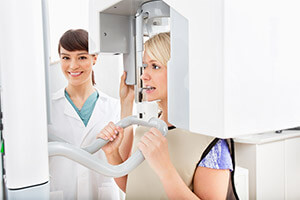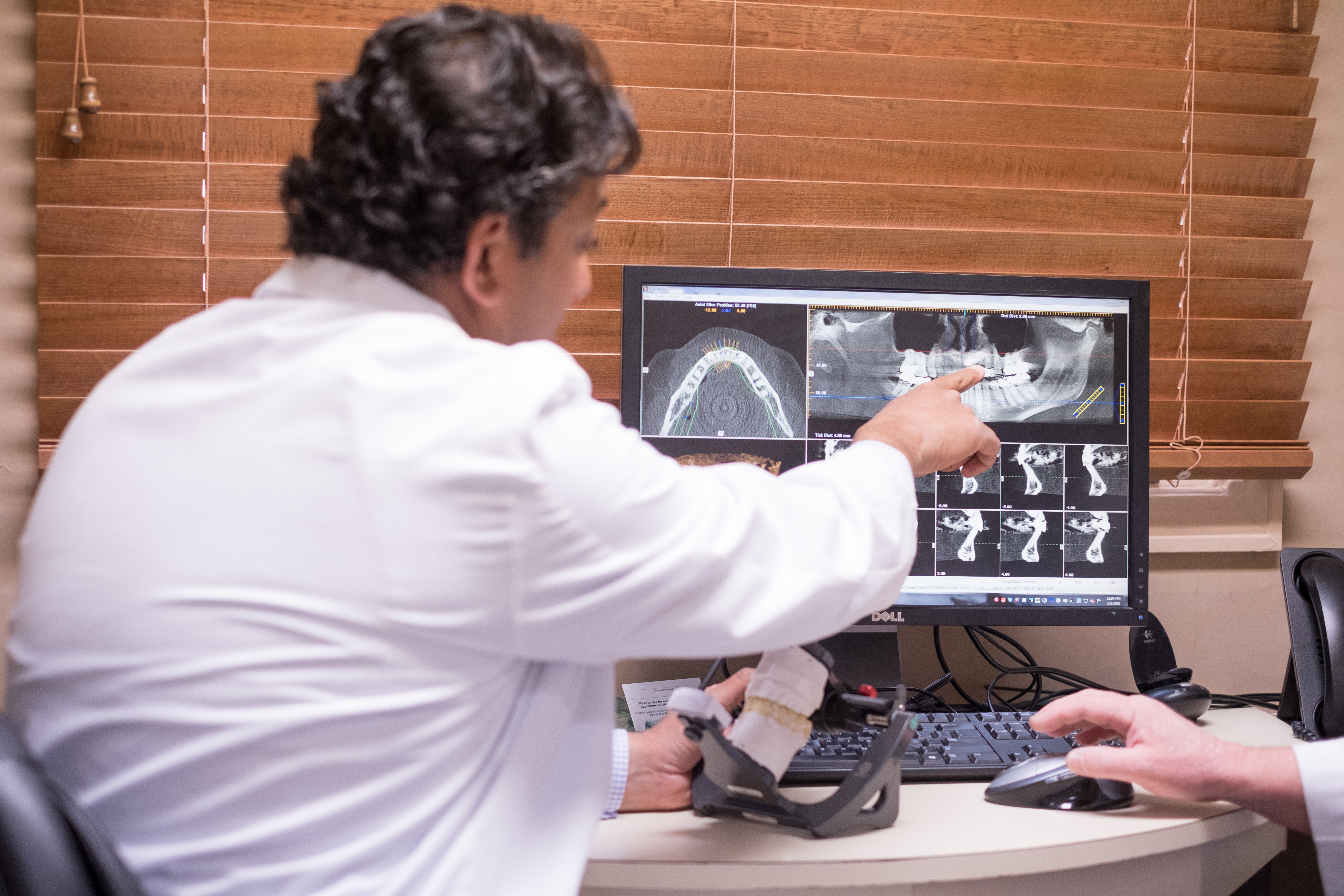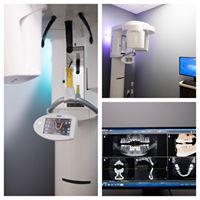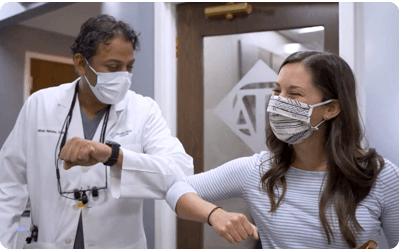 3D Digital CBCT
3D Digital CBCT
The dental cone beam computed tomography machine creates unique type of x-ray used in situations where regular dental or facial x-rays are not sufficient. The digital scanner uses software and technology to generate 3 dimensional images of dental structures, soft tissues, nerve paths and bone in the craniofacial region in a single scan. Images obtained with a 3D digital CBCT allow for more precise treatment planning.

Our Radiographic Technology is the Best Available.
Digital X-Rays offer many advantages, including:
- 90% Less Exposure to the Patient
- Reduced Procedure Time
- Better Diagnostic Capabilities
- Interactive Diagnostics
We at Tewksbury Dental Associates are excited to provide this superior technology to the Greater Boston communities of Andover, Billerica, Chelmsford, Lowell and Wilmington, Massachusetts.
Digital Technology is important to our medical care system because it allows medical and dental practices to transfer information immediately and without inconvenience to you, the patient.
Our office has made this commitment to improve our health system and hope that all medical offices follow suit.
What are Digital X-Rays?
 Digital Radiography (Digital X-Ray) is the most precise technology ever developed for diagnosis of dental disease.
Digital Radiography (Digital X-Ray) is the most precise technology ever developed for diagnosis of dental disease.
This technique uses an electronic sensor (instead of x-ray film) that captures and stores the digital image on a computer. This image can be instantly viewed and enlarged – helping the dentist and hygienist evaluate the health of your mouth more accurately. Digital x-rays reduce radiation by 90% compared to traditional dental x-rays.
Dental x-rays are essential, preventative, diagnostic tools that allow us to visualize and evaluate valuable information that is impossible to see from a regular oral examination. Dentists and dental hygienists use this information to safely and accurately detect hidden dental abnormalities and complete an accurate treatment plan. Radiographs allow us to visualize and detect early cancers while they are more easily treated.
Dental x-rays may reveal:
- Abscesses or cysts.
- Bone loss.
- Cancerous and non-cancerous tumors.
- Decay between the teeth.
- Developmental abnormalities.
- Poor tooth and root positions.
- Problems inside a tooth or below the gum line.
Detecting and treating dental problems at an early stage may save you time, money, unnecessary discomfort, and your teeth!
How often should dental x-rays be taken?
Your needs for dental x-rays depends on your individual dental health needs based on our review of your medical and dental history, our dental exams, signs and symptoms, your age, and other risks.
Because the objective of the full series of radiographs (including the bone below and above your teeth) are early diagnosis of cancers, cysts and other lesions – prior to your clinical awareness – we generally suggest taking a full series of radiographs approximately every five years.
The Bite Wing X-Rays are taken to visualize the health of your teeth themselves – to see any irregularities in the enamel between your teeth. For children (thinner enamel) we will take Bing Wing X-Rays more often (sometimes twice a year) – and for adults who floss daily we take them less often (sometimes only every two years).
What is Natural Radiation in our Environment?
In physics, radiation refers to the process by which energy radiates outward in straight lines from a central source. And the source of all of our radiation is the sun. Flying in a plane exposes us to radiation. Sitting on a beach exposes us to radiation. Walking on the street exposes us as well. And yet a full series of Digital x-rays exposes us to only about 10% of the radiation as a trip from Boston to California. It’s minimal.
There are other terms you may hear as well. Ionizing radiation commonly refers to a particles having enough energy to ionize an atom. Radio Waves and Visible light are referred to as non-ionizing.
Digital Dental X-Rays
Digital x-rays produce a significantly lower level of radiation compared to traditional dental x-rays. In addition to being faster and more comfortable to you, because the digital image is captured electronically, there is no need to develop the x-rays, thus eliminating the disposal of harmful waste and chemicals into the environment.
Even though digital x-rays produce a low level of radiation and are considered very safe, we are very serious about precautions to limit your exposure. Our precautions include taking only those x-rays that are necessary and using leaded aprons to shield your body.

 3D Digital CBCT
3D Digital CBCT




